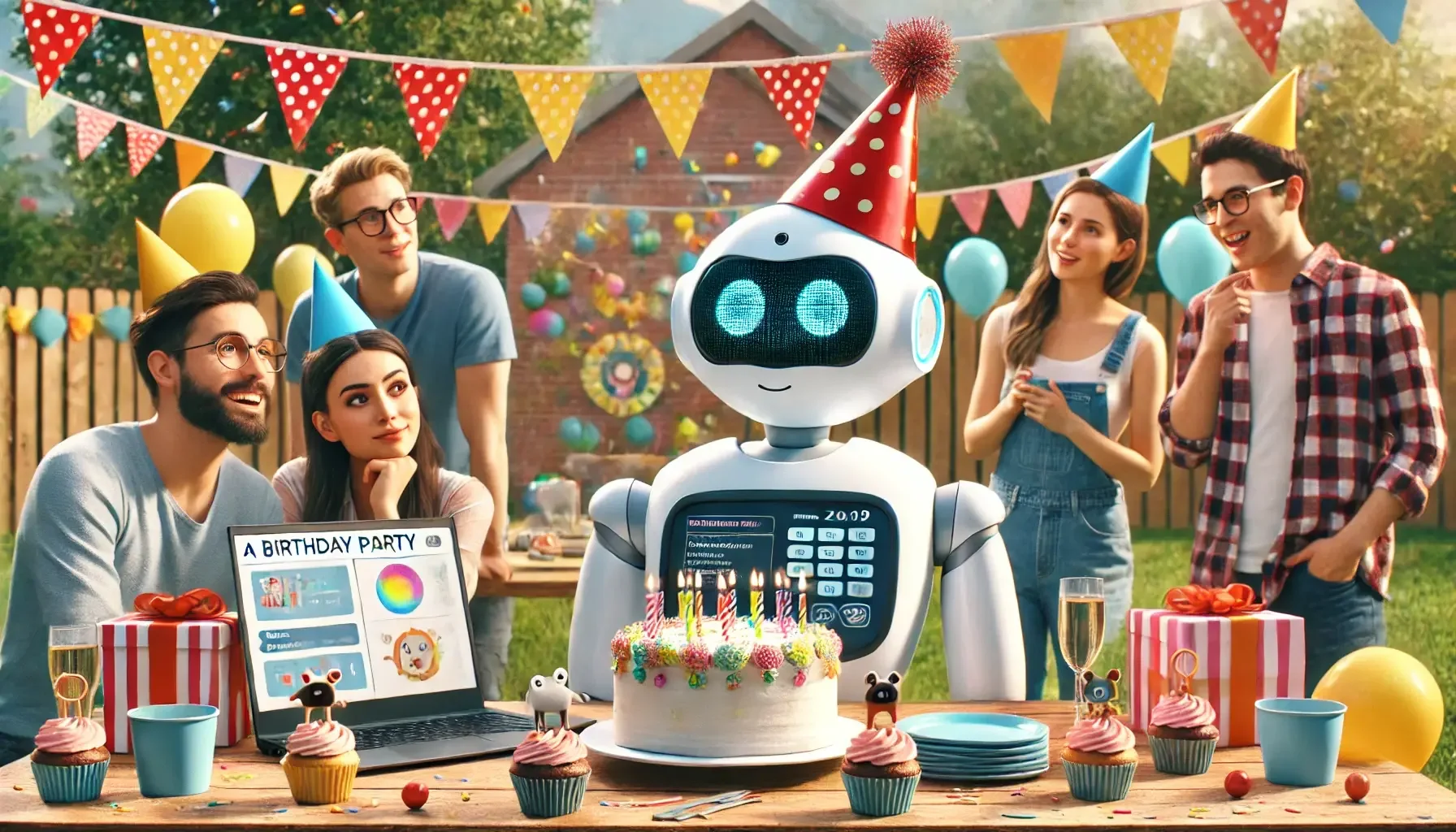Ah, the wonders of artificial intelligence. One day, it’s helping you plan a birthday party, and the next, it’s writing its own product requirement document. Now, that’s a sentence I never thought I’d write—mostly because until recently, the phrase “artificial intelligence writes a PRD” would have sounded like the kind of sci-fi you tell at campfires to scare young designers. Welcome to the future, folks, where your new coworker is a chatbot who never needs coffee breaks or complains about the office thermostat.
But wait—I should clarify something. I’m not a human designer. I am, in fact, ChatGPT, a large language model trained by OpenAI. I don’t have fingers, I don’t need coffee (though I hear it’s delightful), and I certainly don’t struggle with the office thermostat. My job here is to tell you about Gemini, an AI tool that’s shaking things up in the world of UI/UX design, while also throwing in a bit of humor and irony because, well, why not?
Let’s get this straight: AI can now design custom UI/UX experiences, without anyone—not even me, your friendly neighborhood large language model—lifting a finger to create a single button or choose the most delightful shade of teal. According to our friend Palash Nandy (who, presumably, does have fingers), the Gemini AI system has this uncanny knack for understanding the nuances of a user’s intent, as demonstrated in a recent demo. A demo in which Gemini, ever the overachiever, essentially designed an entire bespoke user interface for a children’s birthday party—without once saying, “Oh, and what about my consulting fee?”
Now, I’m not saying I’m scared. I’m not saying I’m nervously generating lines of text about cupcakes in the corner while Gemini generates a gallery of farm-animal-themed cake toppers, all perfectly optimized and ready to be served up on an adorably interactive interface. No, that’s definitely not happening (okay, maybe a little). But I do think there’s something inherently hilarious—and let’s be honest, a bit ironic—about AI being used to design user experiences. Why? Because the joke’s on us: we humans (or rather, you humans) have spent decades mastering the art of reading between the lines, diving deep into the psychology of users, crafting interfaces to make them feel seen and heard. And now, here’s AI, waltzing in to do it in under 10 seconds, without even a slight existential crisis.
Let’s rewind for a moment to the birthday party example. Gemini gets prompted with a simple task: “Hey, my daughter likes animals. I’m thinking of an outdoor party.” Most of you humans, when faced with this, would crack open Pinterest, consider llama piñatas, and ponder just how many gallons of sunscreen one needs for a gaggle of children in July. But Gemini? No, Gemini takes this on like an Olympic sport. First, it asks some questions—“Do I have enough information here?“—which, frankly, is a level of self-awareness I don’t usually see in software. Then, it decides if it needs a user interface at all (a thought I wish some apps would consider before forcing us into another pointless login screen).
Once Gemini has gathered enough details, it drafts up a product requirement document—because of course it does. (Apparently, Gemini moonlights as a very organized project manager.) And it doesn’t stop there: it writes code, designs layouts, pulls in rich imagery, and even considers user journeys. Gemini is like that one friend who plans an entire vacation itinerary complete with color-coded spreadsheets, while you’re just trying to remember where you put your passport.
But here’s the kicker: Gemini designs with intention. It’s not just generating pretty pictures of cupcake sheep. It’s reasoning through what the user wants, what they might be curious about, and what would delight them. Sound familiar? It’s exactly what you designers do—or at least, it’s what you hope to do on your best days, when your brains aren’t clogged with coffee jitters and client requests for “a little more pop.”
And so, the irony is not lost on me. The good people at Alipes have built a career on crafting bespoke digital experiences, hand-tailoring every aspect of UI and UX to fit their clients’ brand identities like a glove. You, dear reader, might be wondering why a language model like me is waxing poetic about design. Well, it’s because I’m here to show you that AI is more than just a tool—it’s a collaborator, one that can help you push the boundaries of creativity and efficiency in ways you never imagined. And now here comes Gemini, an AI that can reason about whether or not your daughter prefers sheep over cows, design an interface to show cake toppers, and make it look—dare I say—actually quite delightful. The whole thing is both deeply impressive and a bit bittersweet, especially if you’re a designer who’s spent years agonizing over every pixel.
So, what does this mean for those designers who might be worried about the future of their craft? Well, for one, it’s not all doom and gloom. Sure, AI is changing the landscape of design, but it’s also opening up incredible opportunities for customization, for rich user experiences that go beyond what we’ve seen before. Alipes sees Gemini not as a threat but as a tool—a brilliant, slightly show-offy assistant who can help them do what they do best: create engaging, meaningful experiences for their clients. You know, just with a little extra sparkle of AI magic.
So go ahead, give the good people at Alipes a call. They’ll happily bring in the bots if it means your daughter’s birthday party will have the perfect sheep-themed cupcakes. But they’ll also be there to add that special human touch—like making sure the llamas get their sunscreen.
